Inquiry finds ‘tainted’ Bührle art collection needs much more provenance research
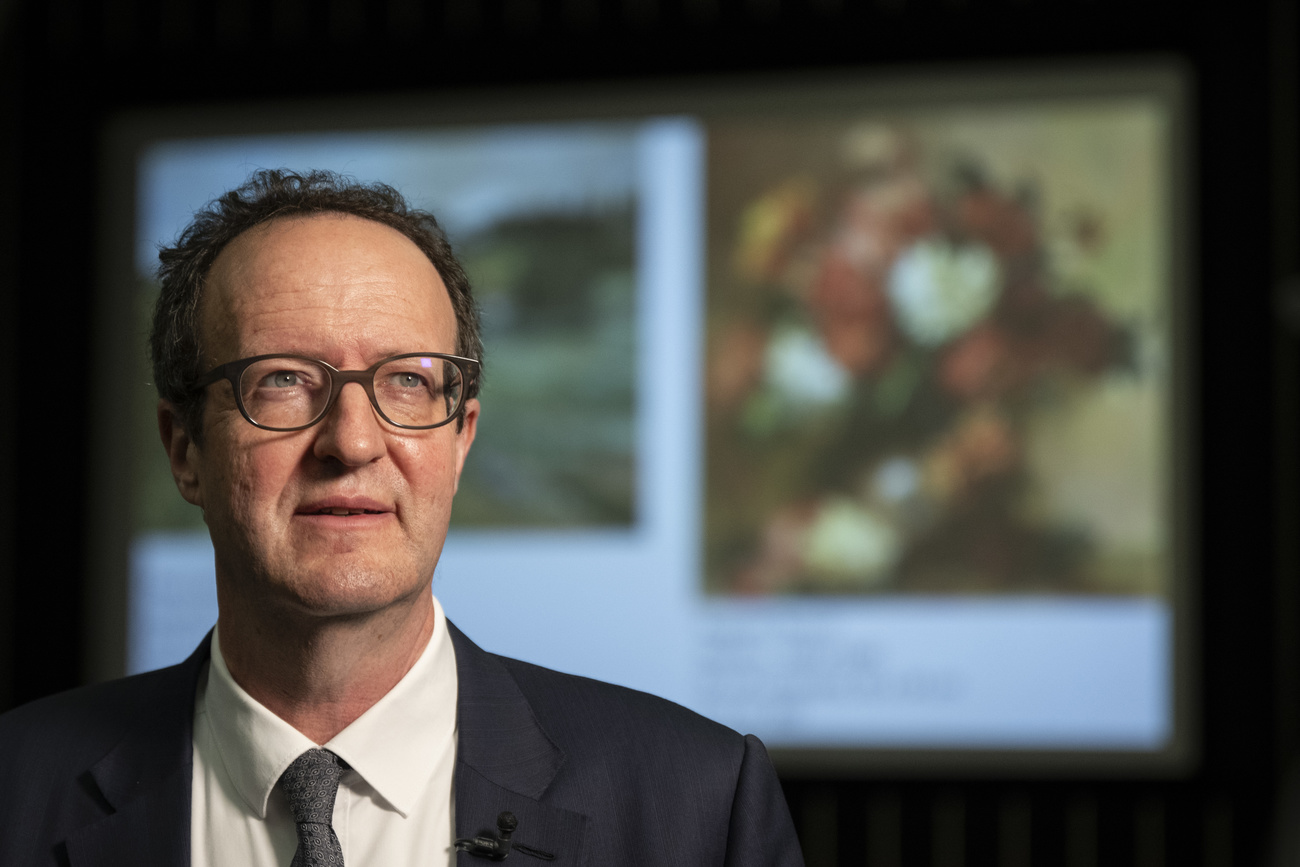
The Bührle collection, on loan to the Kunsthaus Zurich fine art museum, is “historically tainted, on a scale that is possibly unique in Switzerland”, Raphael Gross tells SWI swissinfo.ch.
President of the German Historical Museum in Berlin, Gross led an inquiry which concluded that the provenance research so far conducted into this world-class collection of Impressionist and modern art was “inadequate”.
A scandal erupted in 2021 after the Kunsthaus Zurich opened its new CHF206 million ($230 million) extension, designed by David Chipperfield in part to show masterpieces by artists including van Gogh, Cézanne and Monet on loan from the EG Bührle Collection Foundation.
Emil Georg Bührle, who assembled the collection and died in 1956, became the richest man in Switzerland by selling anti-aircraft cannon to Germany during the Second World War. He is also known to have profited from slave labour in Nazi concentration camps and to have bought art looted from Jews by Adolf Hitler’s regime.
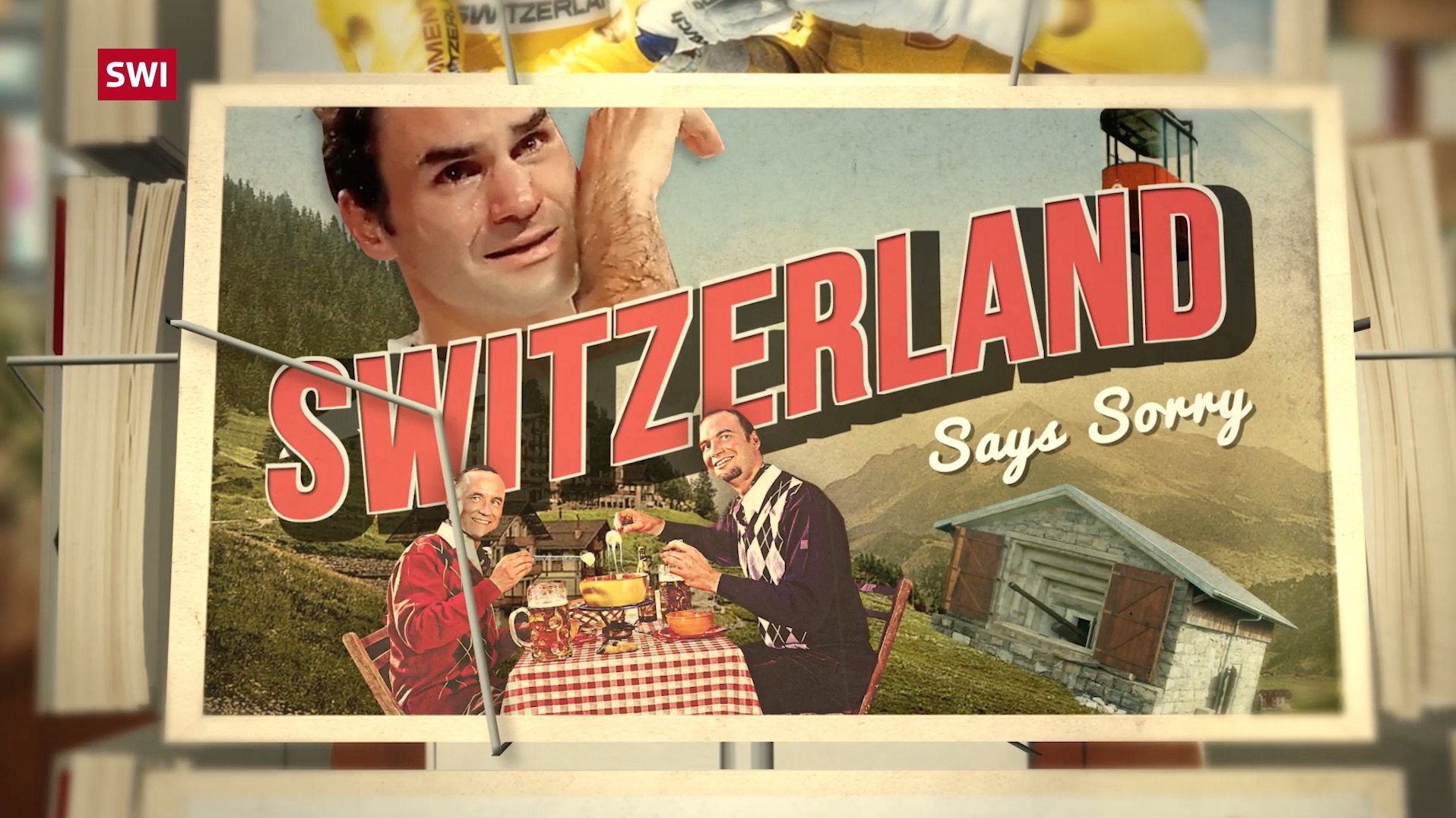
More
Switzerland says sorry!
Historians and provenance researchers raised doubts about the origins of some of the art on display at the Kunsthaus and accused the foundation Bührle created of whitewashing its provenance. Some even said the museum should never have accepted the loan, given the origins of Bührle’s wealth.
In response to the outcry, the canton and city of Zurich and the trustees of the Kunsthaus asked Raphael Gross to compile a report evaluating the provenance research conducted by the Bührle Foundation.
Presented at the end of June, the reportExternal link found that the foundation’s research was not adequate – in fact “often so superficial that decisive indicators are overlooked”. Further provenance research, the report said, is imperative.

More
Zurich mayor on Bührle art collection: ‘We should have reacted earlier’
Inconvenient omissions
Provenance research – tracing the ownership history of an artwork – is essential to determine whether a painting was looted from a Jewish collector or sold as a result of Nazi persecution, and therefore subject to restitution under international guidelines.
Of the 205 paintings on loan until 2034 from the Bührle Foundation to the Kunsthaus, 133 were owned by Jews at some point before 1945, the report found. Many of these works were not listed as having prior Jewish owners in the foundation’s research.
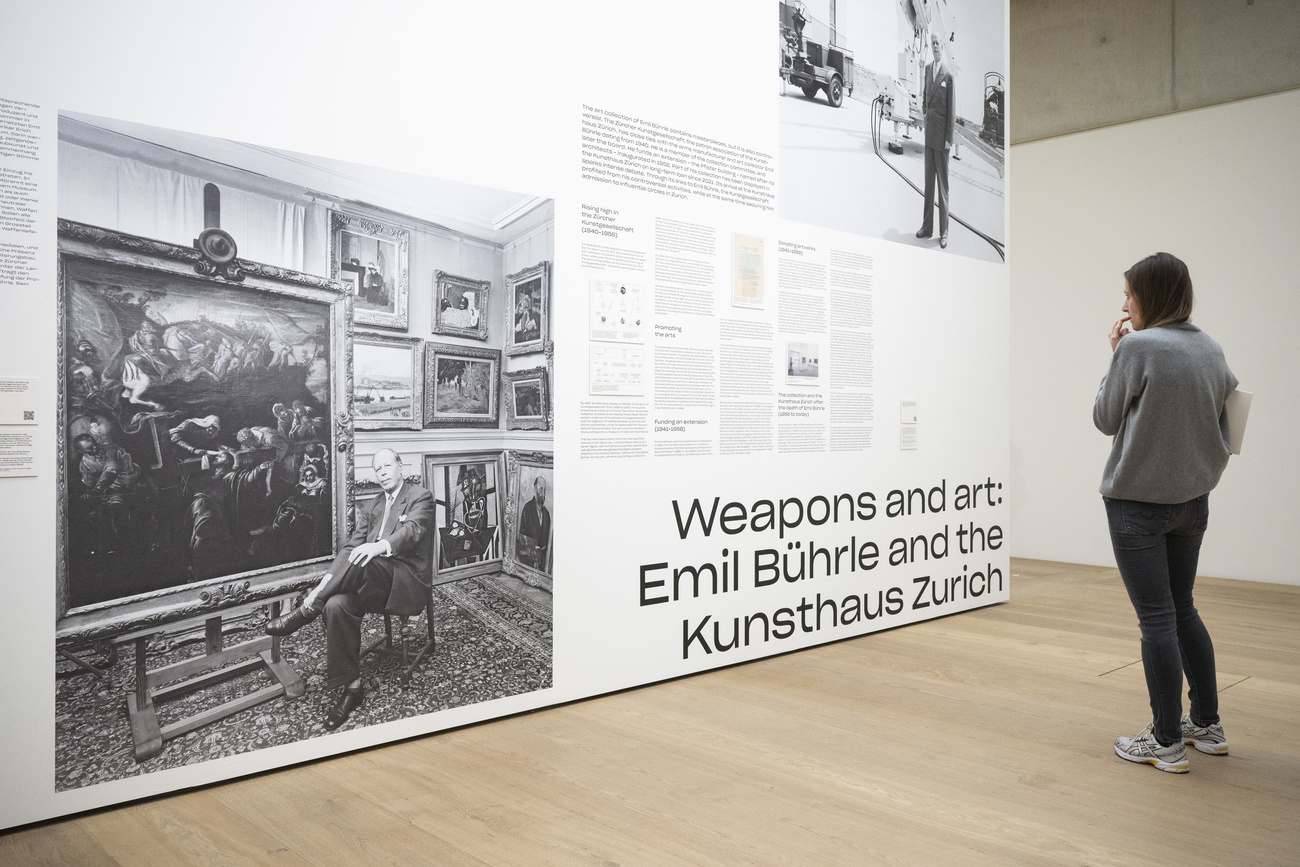
“This collection is historically particularly tainted, on a scale that is possibly unique in Switzerland,” Gross said in an interview with SWI swissinfo.ch. “There is a historically very clear connection between the persecution of Jewish collectors by the Nazis and the Bührle collection.”
“We know from other historical research that Bührle profited indirectly from slave labour in German concentration camps which produced weapons under licence, and we know that after 1945 he had Swiss women working for him in nearly slave-labour camp conditions. So we have an ethical problem with the source of the money,” Gross said.
“In addition to this, he used the money he earned this way to build his collection. He started collecting in 1936, when the persecution of the Jews in Germany was well underway and the market had been transformed by Jewish collectors selling their art because of the pressure of persecution.”
In its funding contractExternal link with the city and canton of Zurich, the board of trustees of the Kunsthaus pledged to remove from display any paintings that are revealed to have been looted from Jews or sold as a result of persecution.
Moral and ethical stances amiss
Gross’s report suggested that the trustees should set up an independent commission to evaluate individual works on the basis of provenance research conducted by the Kunsthaus and determine whether they should still hang in the museum. Such a commission, he said, would lift the burden from the museum’s management.
The report also questioned the use of Bührle’s name to describe the collection, saying it “dignifies his name and thus his entire collection. Against the background of this report’s results, the question arises as to whether a public institution can resolve this with its moral and ethical stance”.
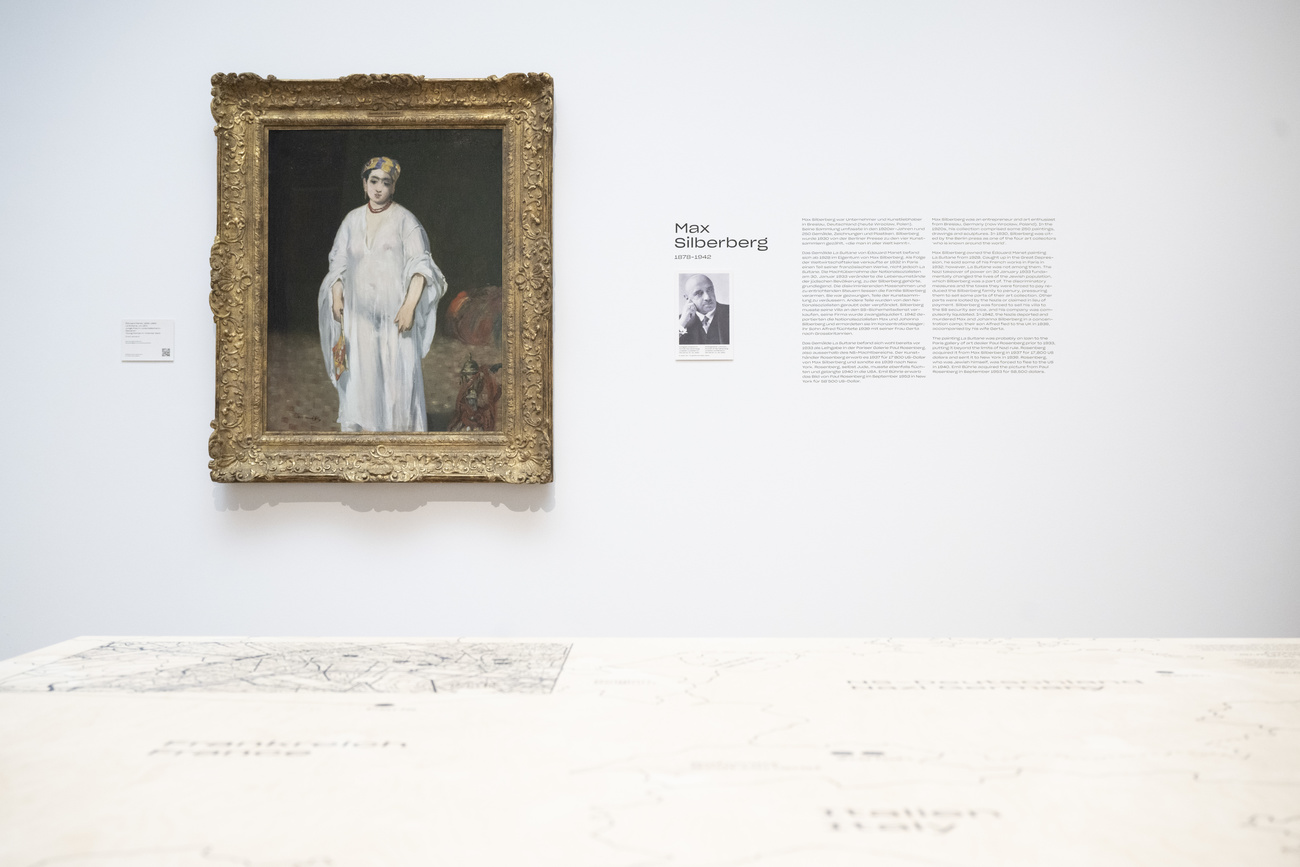
The city and canton of Zurich and the trustees of the Kunsthaus said in a statement that they acknowledged that “a considerable share of the works in the Bührle Collection were in Jewish ownership before the Second World War”.
As the commissioners of Gross’s report, they see it as their duty “to determine appropriate steps as quickly as possible”, they said. “Further provenance research is first and foremost. This will form the basis for an evaluation of artworks lost due to persecution and the quest for fair and just solutions.”
The three parties pointed out that the decision of whether to restitute paintings to the heirs of Jewish collectors rests, however, with the Bührle Foundation as the owner of the collection. They said the foundation has agreed to begin discussions on how to proceed after the summer break. In response to Gross’s report, the foundation’s board said only that it “will examine the report and comment on it in due course”.
But two weeks before Gross released his report, the Bührle Foundation announced that it would seek settlements with the heirs of the previous Jewish owners of five paintings, by Monet, van Gogh, Gauguin, Gustave Courbet and Toulouse-Lautrec.
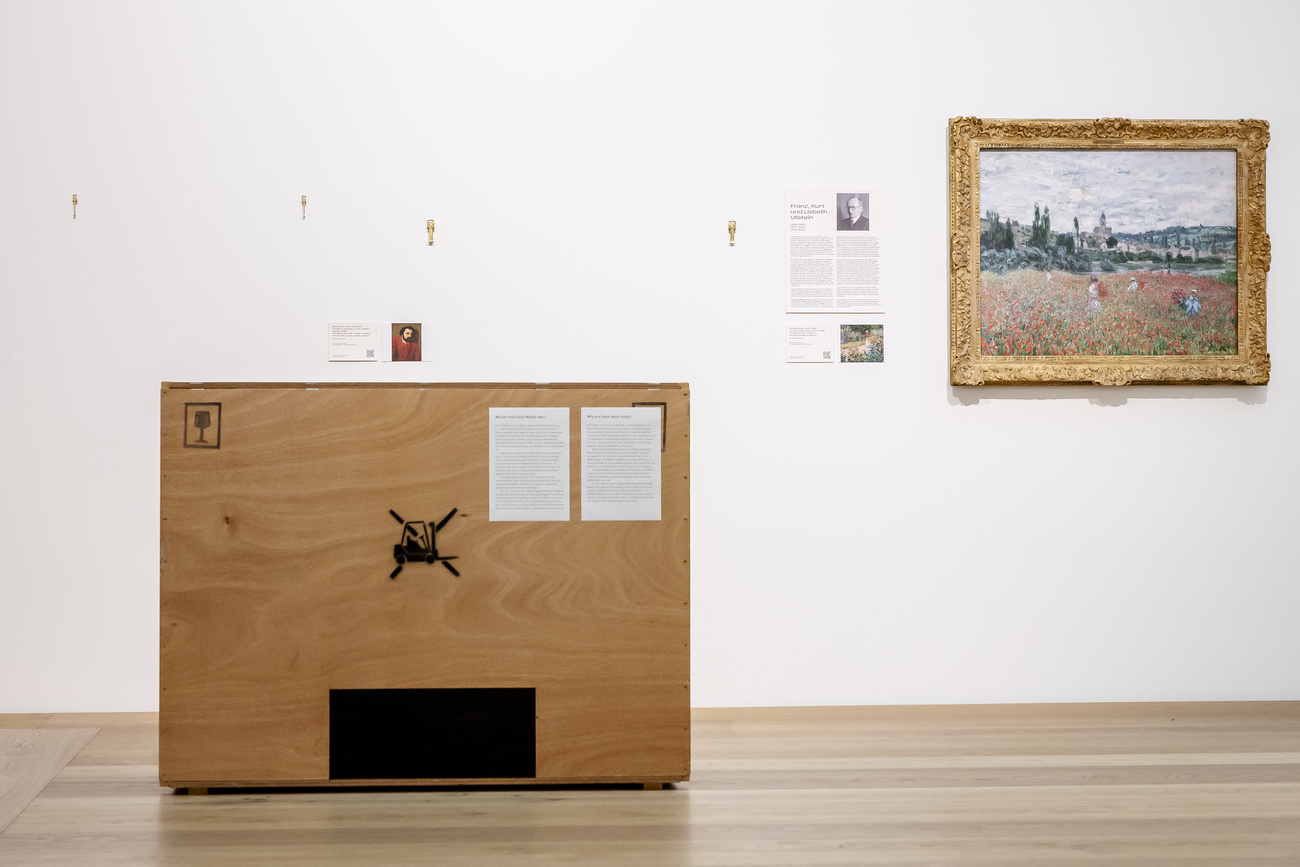
The foundation said its decision is not based on new research, but rather on new international guidelines for handling art lost due to Nazi persecution. Endorsed in March by 25 countries, including Switzerland, the new “Best Practices for the Washington Principles on Nazi-Confiscated ArtExternal link” aim to clarify and reinforce the 1998 Washington Principles.
On a sixth painting, Edouard Manet’s La Sultane, the foundation said it would seek a “symbolic settlement” with the heirs of the Jewish art collector Max Silberberg, even though the circumstances of loss do not, in the foundation’s view, fall under the criteria of these Best Practices.
The fox in the henhouse
In Gross’s view, that announcement did not respond to open questions about the foundation’s provenance research but appeared rather as “a crisis response to show that they are willing to do something”.
His team investigated four other paintings in the collection closely to evaluate the foundation’s provenance research. In the case Vincent van Gogh’s Head of a Peasant Woman (1885), for instance, they discovered it was owned by a Jewish collector in the Nazi era. But the Bührle Foundation had described its provenance as showing “no indication of problematic connections” in its own published research.
For Gross, one of the lessons to be drawn is the importance of independent provenance research. The new Best Practices endorsed this year state that “provenance research, particularly regarding potential claims, ideally should be conducted by an independent research body to avoid possible conflicts of interest”.
Most provenance research, however, “is conducted by the owners, so that is the rule, not the exception”, Gross said.
“It is a big problem,” he said. “It is self-evident that research should always be independent, to avoid possible conflicts of interests. But in the case of art, it’s a question of major assets that are being researched by the people in possession of them – that is clearly not independent.”
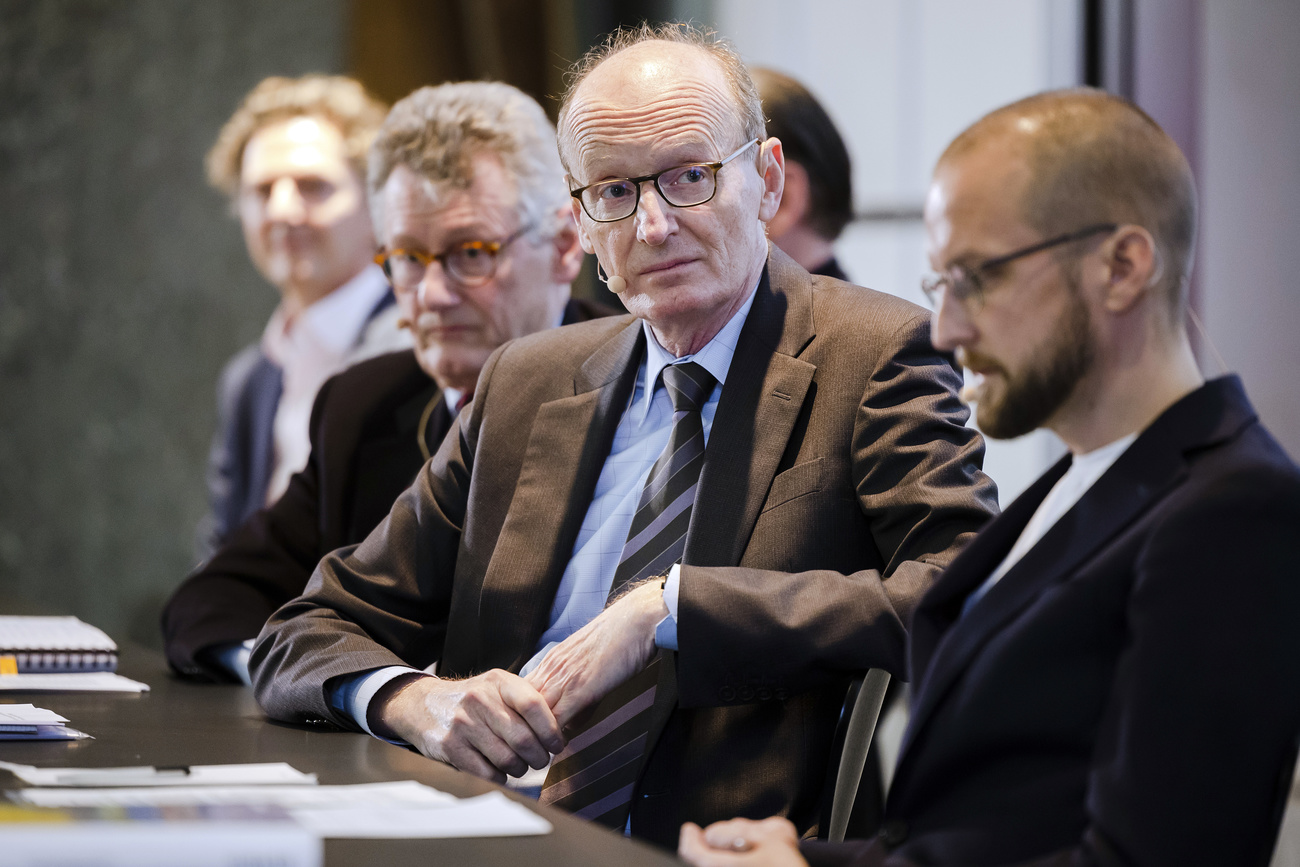
Edited by Mark Livingston/ts

In compliance with the JTI standards
More: SWI swissinfo.ch certified by the Journalism Trust Initiative
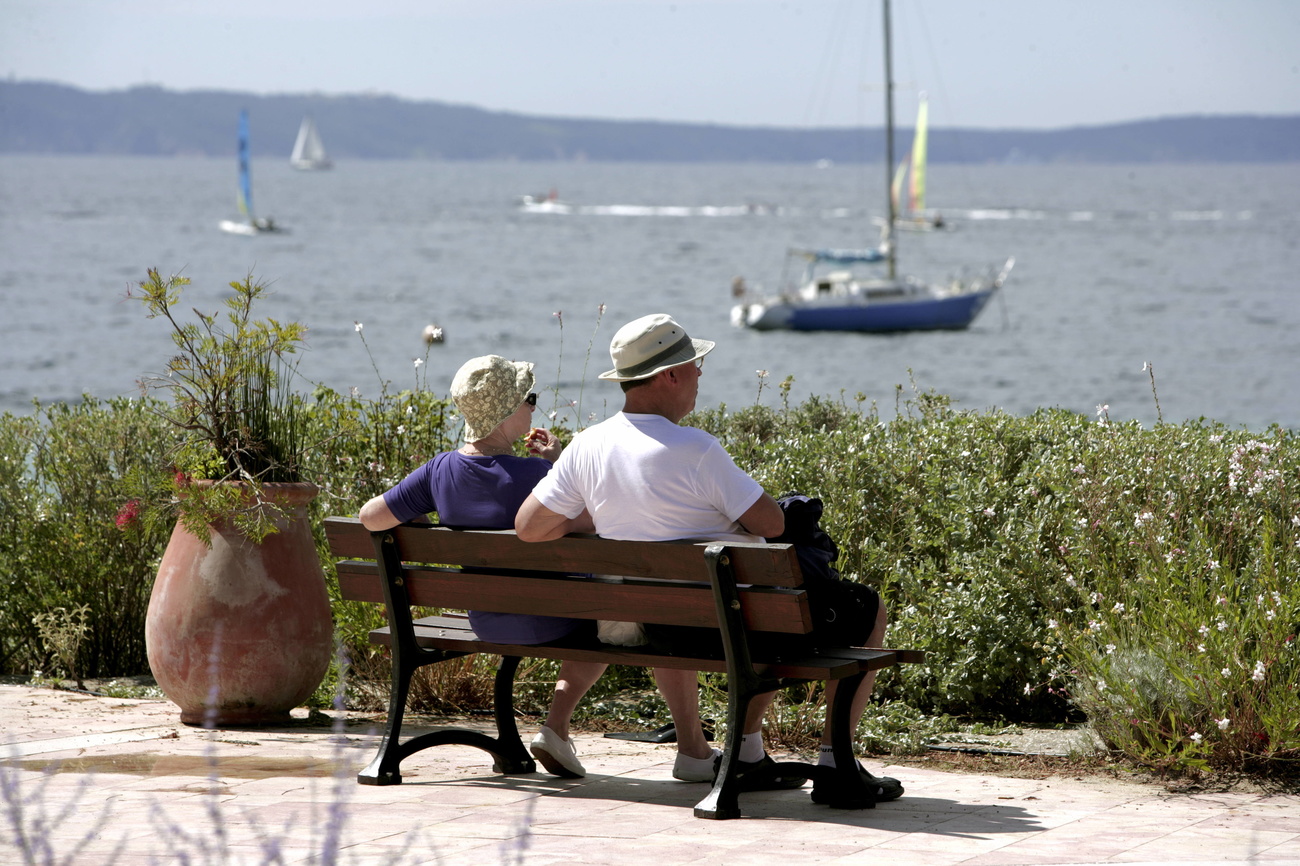
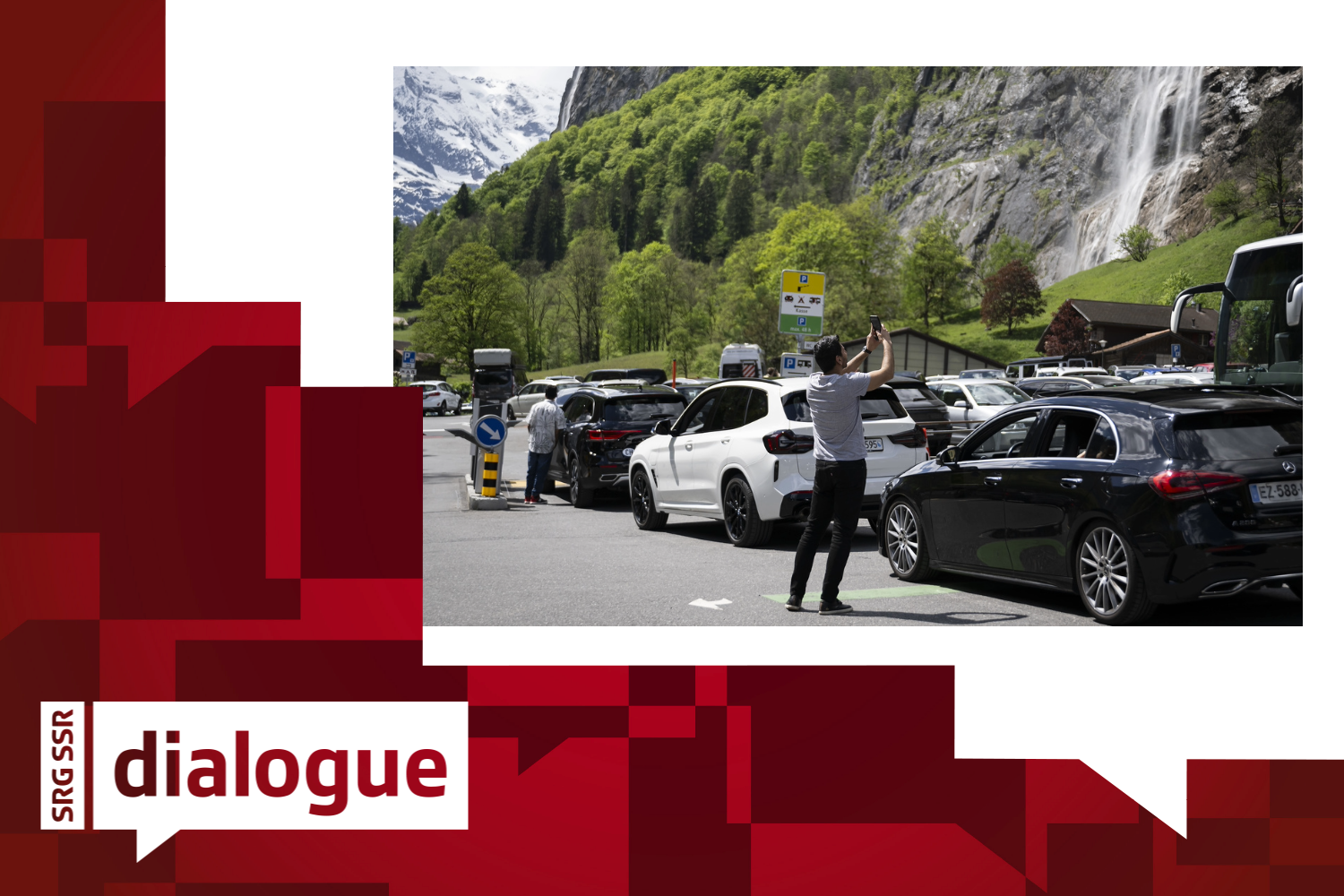

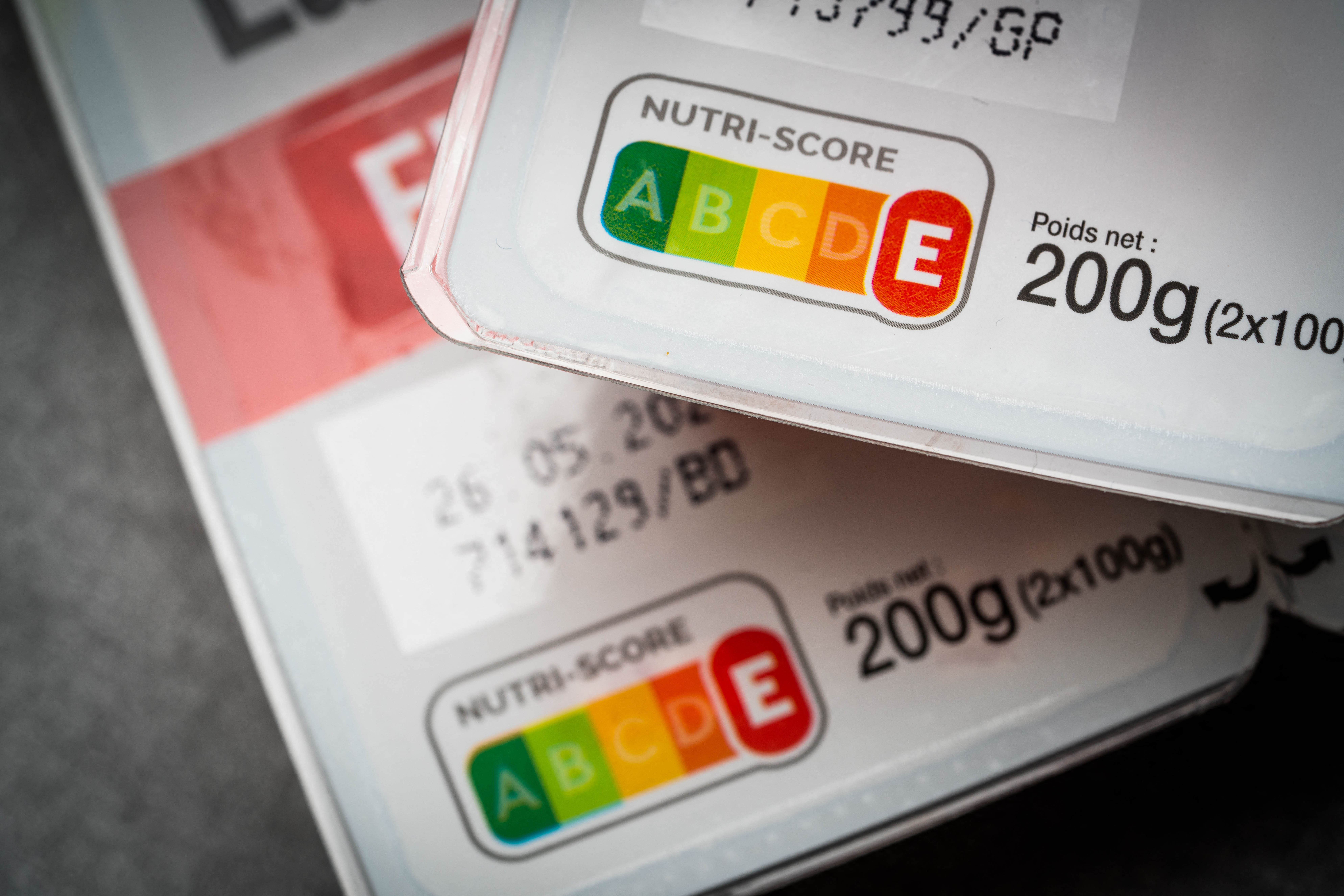

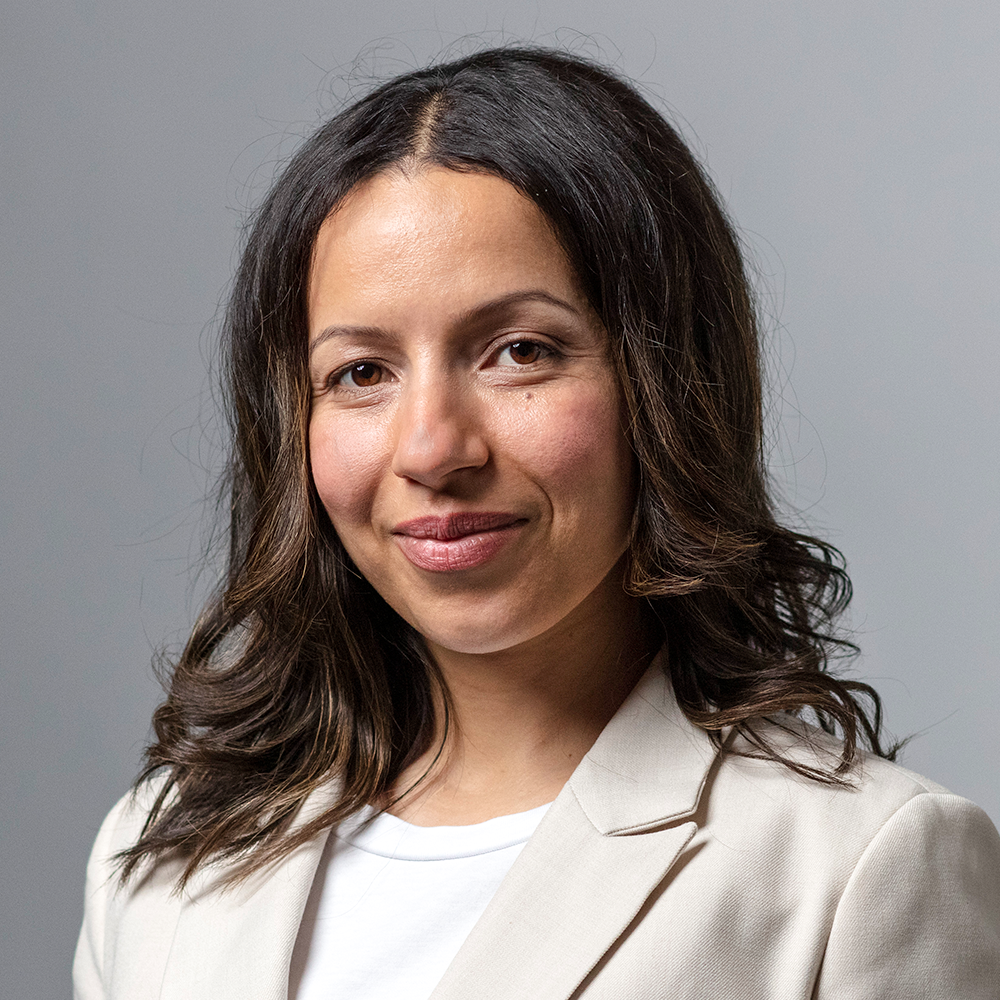

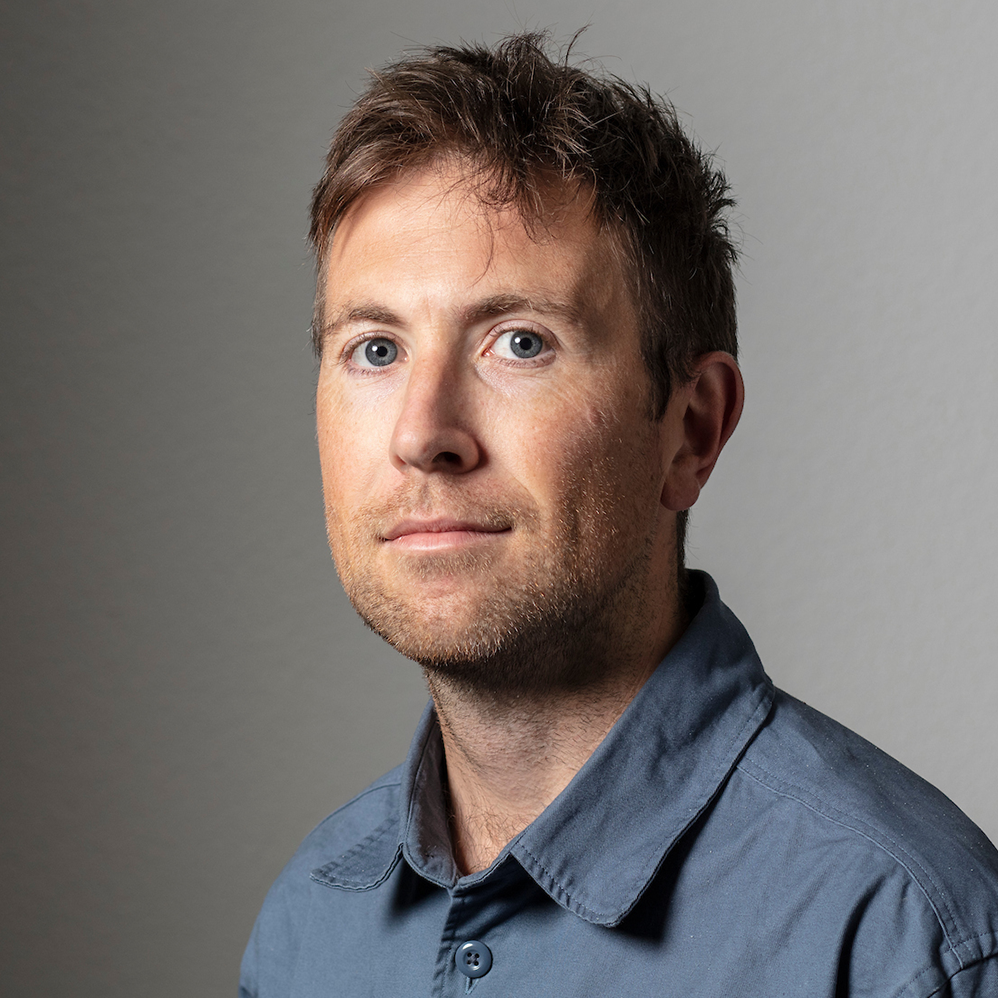
You can find an overview of ongoing debates with our journalists here . Please join us!
If you want to start a conversation about a topic raised in this article or want to report factual errors, email us at english@swissinfo.ch.